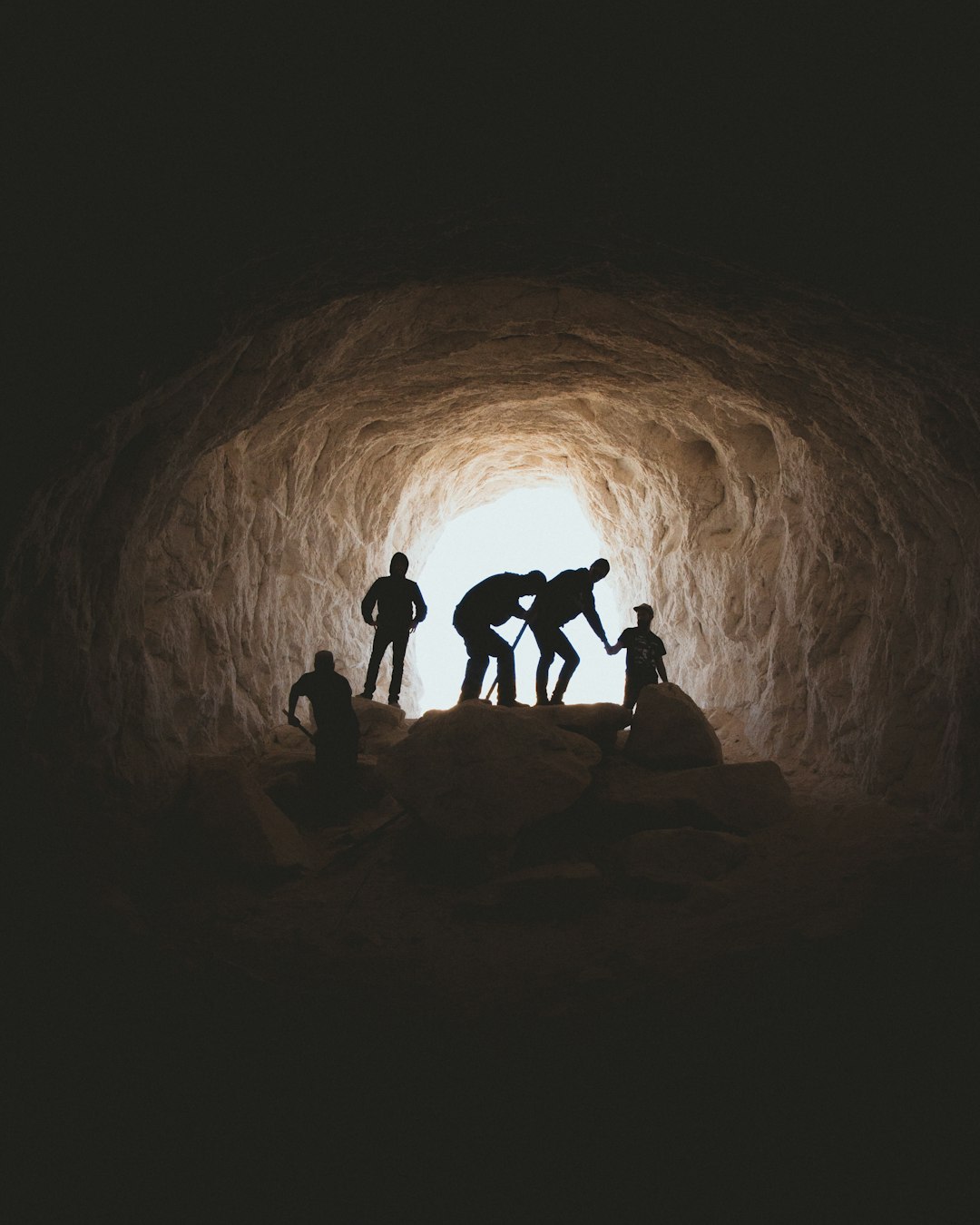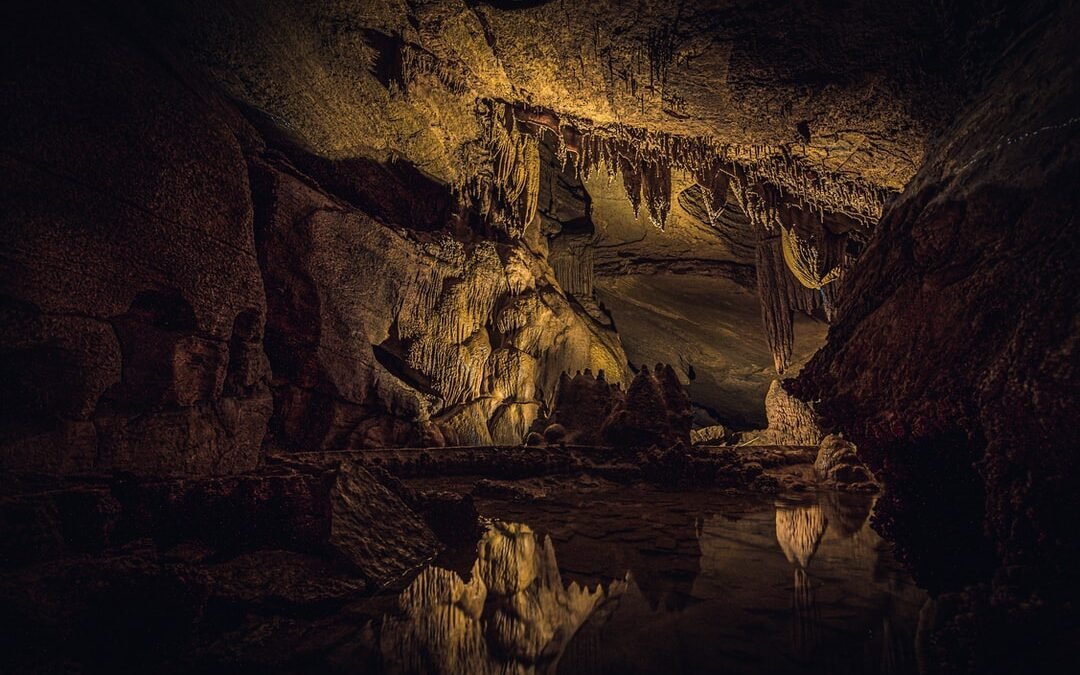Underground desert housing units are designed to use the earth’s natural resources to reduce the global temperature by 10%. By using this technology, the Earth’s organic convection currents are exploited in order to create a natural air conditioner. The two main methods that have been found to be effective in reducing the underground temperature are the use of heat pipes and the use of fans that pump air through the ground. With enough people using this type of housing, it is possible to reduce the global temperature until the Earth begins to get too cold again. We need to use the underground resources of the earth such as rocks, sand, and water, and use these resources to create underground housing. This is a great way to save energy and reduce the global temperature at the same time.
Salt Sodium is a naturally occurring element found in our earth that is essential to our bodies. Sodium ions are stored in the salt layer of the earth below the ground. When sodium ions are stored in salt, they convert to metal sodium. This metal sodium then becomes a positive sodium ion when an electric charge is added to it. This provides an excellent method of storing electricity for the extra electricity gained during the hot desert sunlight.

Staying Warm With GeoThermite Heating and Igloo Insulation
This heat is used to create hot water, which is then used to heat the home. This is an environmentally friendly way to reduce the global temperature, as unlike other methods, it doesn’t contribute to climate change. Geothermal heat is the most energy-efficient heating method, and can save up to 90% of energy consumption. In addition, the underground housing would be constructed out of materials that are highly reflective, and would be very resistant to earthquakes. By using underground desert housing, we can reduce the global temperature while saving energy and achieving a healthier environment.
Humans have been building igloos for thousands of years, and their use can be traced back to the Eskimos and Inuit. These igloos are built with a natural insulating material that forms a hard exterior shell and a soft interior. The materials used to construct an igloo are often taken from the surrounding environment, making them sustainable, but the most common materials are snow, water, and ice. Generally, an igloo is built by carving the snow and ice into a shape that is as close to a sphere as possible, and then adding a thick wall to form the igloo’s shell. The round shape makes the igloo’s interior very warm, and the walls make it very strong. The thickness of the walls is a key structural element of the igloo’s strength and insulation, and is often measured in tons.

Reduce Heating Expenses With Natural Insulation
It is not surprising that the vast majority of people are unaware of the fact that a staggering amount of energy is being generated by human activity. This energy, generated by the burning of fossil fuels, is the main source of greenhouse gases that are causing the global temperature to rise. The obvious way to reduce the amount of energy that is being generated by humans or to transmute this energy back into the magnetic earth’s core.
The use of natural insulation can help to reduce the energy that is required to heat or cool an underground solar home. One way to use natural insulation is to use the earth’s thermal mass in order to reduce the home’s energy usage. Natural insulation, such as rock, sand, and water, have the ability to absorb and store heat, but can release it when the temperature begins to drop. In the summer, these materials absorb the heat that is being radiated from the sun, and this heat is stored in the rocks, sand, and water until it is needed in the winter.

Solar Roofing From Chinese Solar Panels
The panels are also made of a type of material called polycrystalline silicon which is frequently used in solar panels. It is a material that is very efficient at converting light into electricity. The panels are also made of an epoxy resin, which is a material that is used in many different types of products. The panels themselves are very good at absorbing the rays of the sun and use that to produce electricity. The panels are made to be very flexible so that they can fit into all types of roofs and they are also easy to install. The panels are also very light, which means that they can be easily transported.
The ideal installation will be on a concrete slab or a reinforced concrete column that is strong enough to support the additional weight of the solar roofing system. Underground desert housing units are usually made of clay and sand, which is a good insulator and is very resistant to temperature changes. olar panels are a great way to generate electricity and save money by using the power of the sun during the day and the power of a solar capacitor and sodium ion battery at night for air ventilation to a single-stage fan-in-tube system.

Ionic Storage Process in Sodium (salt)
Ionic compounds with a strong base and a strong acid will absorb the electrons and release positive ions, which attract the negative electrons to create a positive charge. This positive charge can be used to store electricity for future use. The ionic storage process can be used to store electricity for use in a battery. Ionic storage is the process of storing charge in an ionic compound using a strong acid and a strong base. When a negative charge is added to a substance, it will release electrons.
All people know electricity can be stored in batteries, but not all people know electricity can be stored in sodium ions also. They consist of two electrodes, each made of a carbon electrode and a metal electrode, separated by a solid electrolyte. Electricity is transferred in the battery by an ionic exchange between the carbon and metal electrodes, which causes the battery to discharge and stores electricity. It is possible to use an electrochemical reaction to create a negative electrode and a positive electrode, and then connect them together to form a battery. These ions can be stored in a solid material called a “rock salt” crystal lattice. When an electric current passes through the salt, the electrical charge is transferred to the lattice, which acts as a capacitor that stores the electricity.
Typically, a salt battery consists of two chambers separated by a membrane. The first chamber contains a positively charged ion of sodium (Na+), and the second chamber contains a negatively charged ion of chlorine (Cl-). When the battery is charged, the Na+ ions move across the membrane into the second chamber, where they release their charge to make a different positively charged ion, Na+, which is stored in the battery. To store energy, the battery is discharged, and the Na+ ions move back across the membrane into the first chamber. As the Na+ ions travel back across the membrane, they release their charge, which is captured by the negatively charged Cl- ions. The Na+ ions are therefore no longer positively charged, so they can no longer pass through the membrane. As a result, the battery is now recharged.
Join Our Discord Here
Free Play To Earn NFT Game


